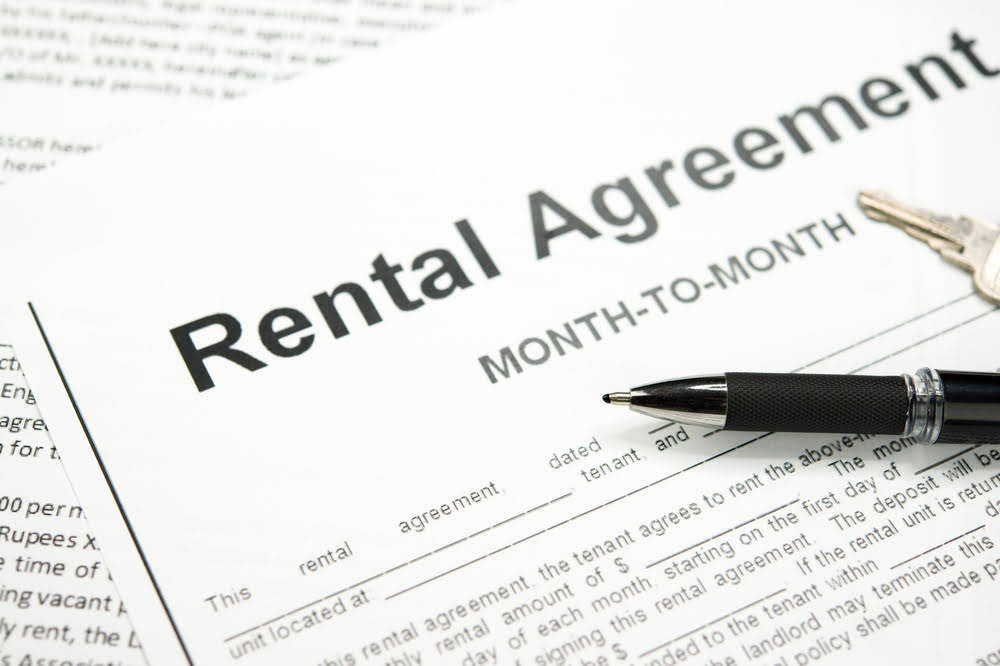Cost of Production: Money, Real and Opportunity Costs
Content

The basic formula for https://www.bookstime.com/ is the same in academic economics as it is in everyday use—it’s just expressed differently. This complex situation pinpoints the reason why opportunity cost exists. Costs enter into almost every business decision and it is important to use the right analysis of cost. Hence it is important to understand what these various concepts of costs are, how these can be defined and operationalized. But, in fact, they are heterogeneous which falsifies the concept of opportunity cost.
- Hence marginal opportunity cost in the numeraire is equal for all suppliers….
- You might save on the cost of gas but double the trip length and miss out on other things you could have done during that time.
- The accounting profit would be to invest the $30 billion to receive $80 billion, hence leading to an accounting profit of $50 billion.
- Opportunity cost is often used by investors to compare investments, but the concept can be applied to many different scenarios.
- Gerber’s team thinks they found a new blueprint to not only aid Colombia, but also extend to other policymakers in other countries to help make a difference.
Use of Brex Empower and other Brex products is subject to the Platform Agreement. Get global corporate cards, ACH and wires, and bill pay in one account that scales with you from launch to IPO. You can determine whether it makes more fiscal sense to pay down your loan balance, launch a new product, or accept even more financing. Definition – opportunity cost is the next best alternative foregone. Access and download collection of free Templates to help power your productivity and performance. “Explicit costs are those that are incurred when taking a specific course of action,” says Dr. Bob Castaneda, program director of Walden University’s College of Management of Technology.
Implicit opportunity cost
In this case, she can clearly measure her opportunity cost as 5% (8% – 3%). If you have a second house that you use as a vacation home, for instance, the implicit cost is the rental income you could have generated if you leased it and collected monthly rental checks when you’re not using it. It doesn’t cost you anything upfront to use the vacation home yourself, but you are giving up the opportunity to generate income from the property if you choose not to lease it. If you have trouble understanding the premise, remember that opportunity cost is inextricably linked with the notion that nearly every decision requires a trade-off. Opportunity cost compares the actual or projected performance of one decision against the actual or projected performance of a different decision. Continuing the above example, Stock A sold for $12 but Stock B sold for $15.
Thus, a sunk cost is backward looking, while an opportunity cost is forward looking. For example, a business pays $50,000 to acquire a piece of custom machinery; this is a sunk cost. Conversely, the opportunity cost represents an analysis of how the $50,000 might otherwise have been used. In full market equilibrium expected marginal benefit for each participant will be equal to marginal opportunity cost, both measured in terms of the person’s subjective valuation.
What is opportunity cost in business and example?
The concept of real cost, though of some importance from the social point of view, lacks precision since it is expressed in subjective terms. Watson uses the term ‘cost function’ to denote the general relation between output and cost. It tells that change in output effectively leads to change in cost of production. The concept of cost of production is very significant in economics because it influences the production, supply, sales and the determination of price in the market.
“Sunk cost refers to the past costs that you have incurred,” says Ahren A Tiller, Esq., Bankruptcy Law Specialist. “Let’s say you’ve invested in company X but gained nothing. The money you spent is a sunk cost, and it can’t be recovered. You can’t do anything about it, making it irrelevant in your decision-making.” And that’s not even considering inflation, or the steady loss in purchasing power cash falls victim to over time. If you choose to stay in cash long term, not only are you missing out on the opportunity to grow that money in the stock market, but your dollars are also losing value by around 2% each year.
Economic profit versus accounting profit
The doctrine of opportunity cost is based on perfect competition which is far from reality. The existence of monopoly obstruct the transfer of factors, thereby, nullifies the very transfer price. These are wages to workers, money paid for raw materials and semi-finished goods, various fixed costs etc.

Leave a Reply